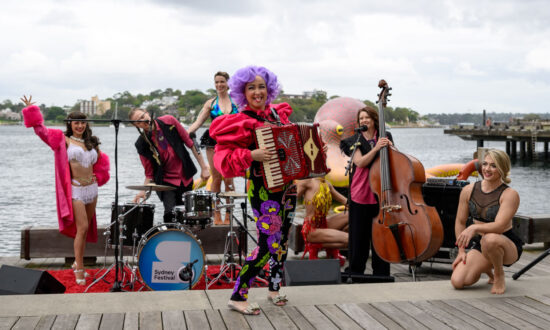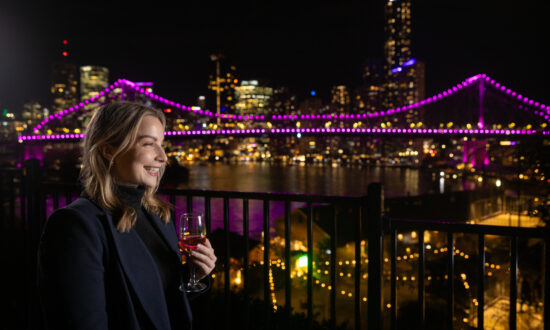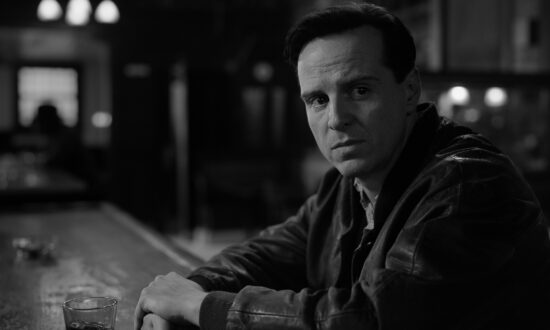By Caitlin Vincent, Bronwyn Coate and Katya Johanson
The stories told on the operatic stage have received critical attention for their representation of gender, particularly the often violent fate of their heroines. But little attention has been paid to women’s representation behind the scenes in Australia. In part, this is due to a lack of readily available data about women’s actual status within opera companies.
We have now created a unique dataset to address this gap.
We looked at the production credits for staged operas presented by Opera Australia, Opera Queensland, State Opera South Australia, Victorian Opera and West Australian Opera from 2005 to 2020.
For each production, we tracked the gender profile of the practitioners credited as conductors, directors and designers. We looked at who was credited when, and on which kinds of operas.
We found evidence of pervasive gender inequality.
Gender inequality at top opera companies
Across the five companies, women were hugely under-represented in the core creative leadership roles of conductor and director.
Women held just 5 per cent of conductor credits over the 16 seasons, and less than a quarter of director credits. Not only were women less likely to see initial credits compared to men, they were also less likely to have opportunities to work on more than one production.
At individual companies, women’s representation was lowest at Opera Australia and State Opera South Australia.
Less than 3 per cent of conductors and 19 per cent of directors credited at Opera Australia were women. State Opera South Australia did not credit a single woman conductor between 2005 and 2020, and just 17 per cent of its credited directors were women.
In comparison, two of the smallest companies – Opera Queensland and Victorian Opera – had by far the highest representation for women in both roles.
Women also saw low representation as designers, comprising 21 per cent of set designers and 9 per cent of lighting designers. Women were much more likely to be credited in the feminised role of costume designer.
Inequality is greatest in productions of the canon
The kinds of operas programmed also affected women’s representation as conductors, directors and designers.
Canonical works like Puccini’s La Bohème (1895) and Bizet’s Carmen (1875) are seen as low-risk because they are recognised as masterpieces of the genre and are popular with existing opera audiences.
Canonical operas dominated programming at four of the five companies, followed by slightly less popular works from the 19th century and earlier, such as Rossini’s La Cenerentola (1817) and Bizet’s Les pêcheurs de perles (1863).
The combination of canonical and slightly less canonical works comprised 84 per cent of programming at West Australian Opera, 79 per cent at Opera Australia, 73 per cent at Opera Queensland and 64 per cent at State Opera South Australia. (The outlier, Victorian Opera, explicitly focuses on modern operas.)
However, women practitioners were notably absent from the production teams for these popular works. On canonical operas, women’s representation as conductors dropped to less than 1 per cent. Women directors and designers saw almost universal drops in representation across both categories of repertoire.
Instead, women were more likely to be credited on high-risk modern operas. These works are thought to be less popular with audiences and are programmed less frequently and for fewer performances than canonical works.
Women also had higher levels of representation in musical theatre works, popular with audiences but traditionally holding little prestige in the sector.
Risk perception and gender inequality
Beyond the risk associated with different operas and their ability to attract audiences, a contributing factor for gender inequality in opera is how “risky” certain practitioners are thought to be.
Studies from the creative industries have shown perceptions of risk in the arts are deeply gendered, particularly when it comes to hiring for key artistic or governance roles. While men practitioners are seen as reliable, women are seen as inherently risky.
These biases are exacerbated in fields like opera, where work opportunities are driven by personal networks and professional visibility, both of which favour men.
Risk perceptions also have compounding effects. Because modern operas are already seen as “risky”, it appears these productions can take the “risk” of employing women – whereas canonical operas, programmed because they are “safe”, also make the “safe” choice in hiring men.
Risk aversion in funding enables gender inequality
Entrenched gender bias is difficult to shift in any field. But with Australia’s opera companies, government funding policies are exacerbating the field’s existing inequality.
Here again, it comes down to questions of risk.
Australia’s peak arts funding body, now named Creative Australia, has a particular focus on mitigating risk – both financial and artistic – through its operatic policies.
In exchange for multi-year funding support, companies are expected to maintain financial targets and prioritise programming operas that are low-risk financially. Companies are also encouraged to rent existing productions from Opera Australia or co-commission new productions with other companies.
These policies are laudable for their attention to efficient public spending and co-operation. But policies can have unintended impacts.
By encouraging companies to program low-risk popular operas, Creative Australia is trying to mitigate financial risk. But such policies don’t take into account the fact that women practitioners are largely absent from these works.
In the same way, policies that promote co-operation don’t consider how this leads to companies reproducing gender imbalances. Opera Australia is framed as a key source of rental productions for other companies but also has some of the lowest rates of representation for women directors and conductors.

Get InReview in your inbox – free each Saturday. Local arts and culture – covered.
Thanks for signing up to the InReview newsletter.
It is critical that arts funding bodies and policymakers consider the practical impacts of their policies. At the same time, opera companies need to acknowledge the extent to which their own organisational practices are driving inequality within the sector.
The scale of gender inequality at work in Australian opera production won’t be easily remedied. But shining a light on the extent of the problem is a start towards making the sector accountable for its performance, both on and off the stage. ![]()
Caitlin Vincent is a lecturer in creative industries at the University of Melbourne; Bronwyn Coate is a senior lecturer in economics at RMIT University, and Katya Johanson is Professor of Audience Research at Edith Cowan University. This article is republished from The Conversation under a Creative Commons licence. Read the original article.
![]()
Support local arts journalism
Your support will help us continue the important work of InReview in publishing free professional journalism that celebrates, interrogates and amplifies arts and culture in South Australia.
Donate Here




